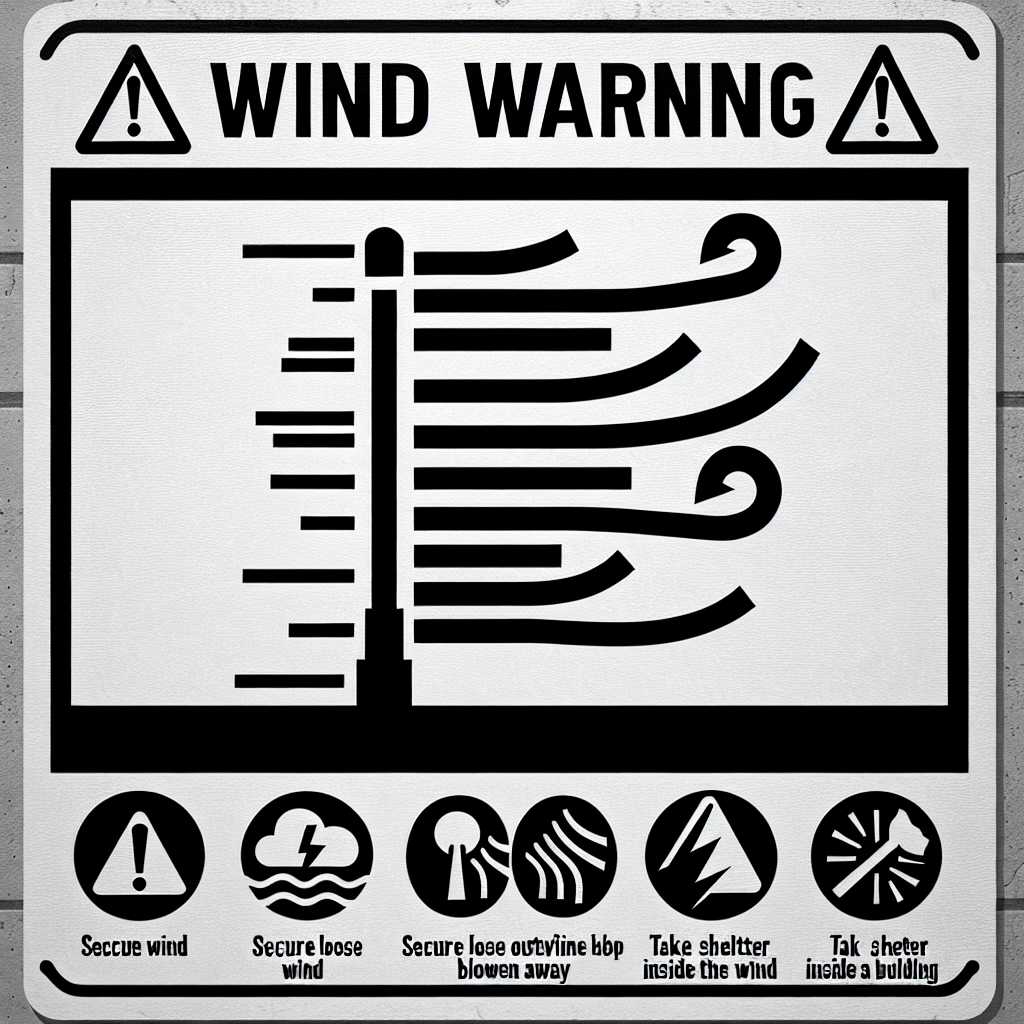Understanding Wind Warnings: The Crucial Alerts for Public and Environmental Safety
Wind warnings are critical alerts that provide advance notice to the public concerning the expected occurrence of strong winds that have the potential to inflict damage, disrupt transportation, and cause power outages. These warnings are significant for safety measures in both urban and rural areas. Understanding the criteria for these alerts, how they are disseminated, and the proper safety precautions can drastically reduce the risks associated with high wind events.
Criteria for Issuing Wind Warnings
Wind warnings are issued by meteorological organizations when there is evidence that wind speeds have reached or have the potential to reach levels that can be hazardous. The criteria for issuing such a warning may vary by country or region, but they generally revolve around sustained wind speeds reaching a certain threshold, often around 40-50 mph (~65-80 kph), or gusts surpassing a higher speed within a specified timeframe.
The Science Behind Wind Formation and Prediction
Understanding wind warnings requires insight into the meteorological processes that lead to high wind events. Wind is predominantly a product of air pressure differences; when there is a high-pressure area near a low-pressure zone, wind moves from the former to the latter in unpredictable intensities. Advanced forecasting models assist meteorologists in assessing these patterns to predict when and where strong winds may occur.
The Importance of Wind Warnings
Wind warnings are crucial for various segments of society:
–
Public Safety:
High winds can lead to falling trees, flying debris, and collapsing structures. With prior warning, people can secure loose items and avoid dangerous areas.
–
Infrastructure:
Utilities, enterprises, and traffic systems can modify operations to sidestep accidents caused by winds.
–
Agriculture:
Farmers may need to take steps to protect crops or secure equipment.
–
Marine Activities:
Mariners require timely warnings to steer clear of hazardous waters or secure vessels in harbors.
How Wind Warnings Are Communicated
Various platforms relay wind warnings to reach as many people as possible:
–
Media Broadcasts:
Television and radio stations break into regular programming.
–
Online Platforms:
Websites and social media play a pivotal role in disseminating real-time updates.
–
Mobile Alerts:
SMS alerts directly notify individuals within the affected area.
–
Sirens/PA Systems:
In some communities, sirens or public address systems will signal an impending high wind event.
Responding to Wind Warnings: Taking Action for Safety
Once a wind warning has been issued:
1. Secure outdoor furniture and other loose items.
2. Avoid travel if advised by local authorities.
3. Stay away from potential hazards such as trees and poorly secured structures.
4. Keep an emergency kit ready, including flashlights, batteries, water, and food supplies.
5. Regularly check updates from reliable sources.
Preparation is Key: Building Structures to Withstand Strong Winds
Constructing buildings that can withstand powerful winds is instrumental in minimizing damage during wind-related natural events. Architectural designs today increasingly incorporate elements such as wind-resistant materials and structures designed to counteract the force of high-speed winds efficiently.
Notes
Image description:
An illustrated weather alert sign displaying a high wind warning icon—a symbol depicting wind swaying an object like a tree or post—accompanied by suggested proactive measures such as securing loose objects and taking shelter indoors.
